HS-ESS1-1
Develop a model based on evidence to illustrate the life span of the sun and the role of nuclear fusion in the sun's core to release energy that eventually reaches Earth in the form of radiation.
-
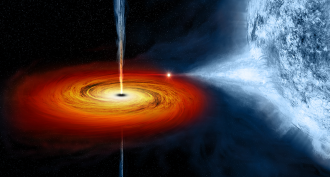 Physics
PhysicsExplainer: What are black holes?
Among the most extreme celestial bodies in the universe, black holes are dense, massive entities whose gravity can sometimes hold together an entire galaxy.
-
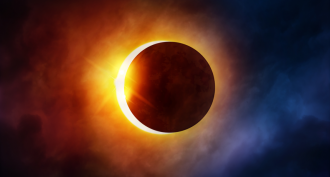 Physics
PhysicsEclipses come in many forms
Eclipses are one of nature’s most awesome spectacles, and scientists have learned a lot by observing them and related celestial alignments — occultations and transits.
By Sid Perkins -
 Space
SpaceSun’s nearest stellar neighbor may have Earth-like planet
A planet roughly the size of Earth orbits within the “Goldilocks” zone of the Proxima Centauri. Only 4.2 light-years away, this star is the one closest to our sun.
-
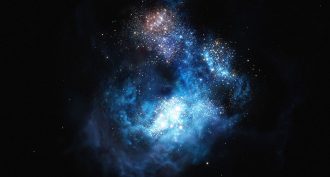 Space
SpaceA new, nonexplosive source of black holes?
At least one black hole may have formed from the collapse of a cloud of gas, which is not the usual birthing scheme. This might even be how some of the earliest gargantuan black holes developed.
-
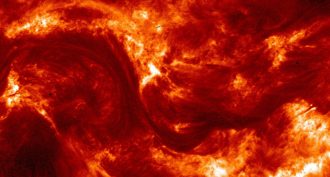 Physics
PhysicsCool Jobs: Solar sleuthing
No star is closer than the sun, and yet there’s much science still don’t know about how it actually works. These scientists are helping solve the mysteries.
By Ilima Loomis -
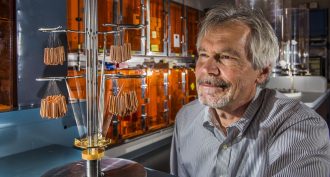 Physics
PhysicsMachine simulates the sun’s core
A machine heats iron atoms to temperatures that match the interior of the sun. This has helped solve a solar mystery.
By Ilima Loomis -
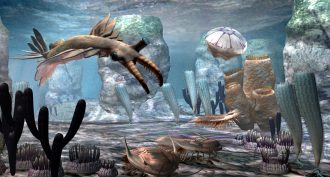 Earth
EarthWhen life exploded
Life exploded in diversity during the Cambrian Period. Experts are exploring what could account for this sudden change 540 million years ago.
By Beth Geiger -
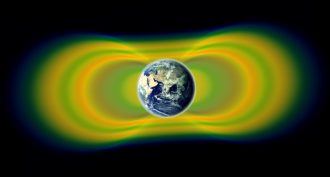 Physics
PhysicsStudent radiation experiment goes to space
The Exploration Design Challenge asked students to design shields that would protect astronauts from radiation. Teachers can still involve classes in the challenge.
-
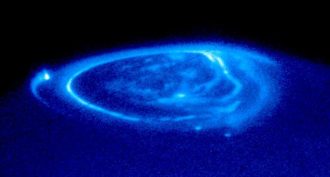 Planets
PlanetsHeavenly research
Groundbreaking research in astronomy landed four high school seniors spots as finalists in the 2014 Intel Science Talent Search.
By Sid Perkins -
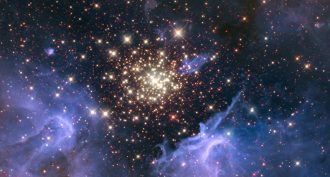 Animals
AnimalsWe are stardust
Everything making up Earth and what’s now living upon it — from trees and people to our pets and their fleas — owes their origins to the elements forged by ancient stars.
By Beth Geiger -
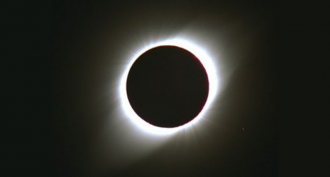
-
